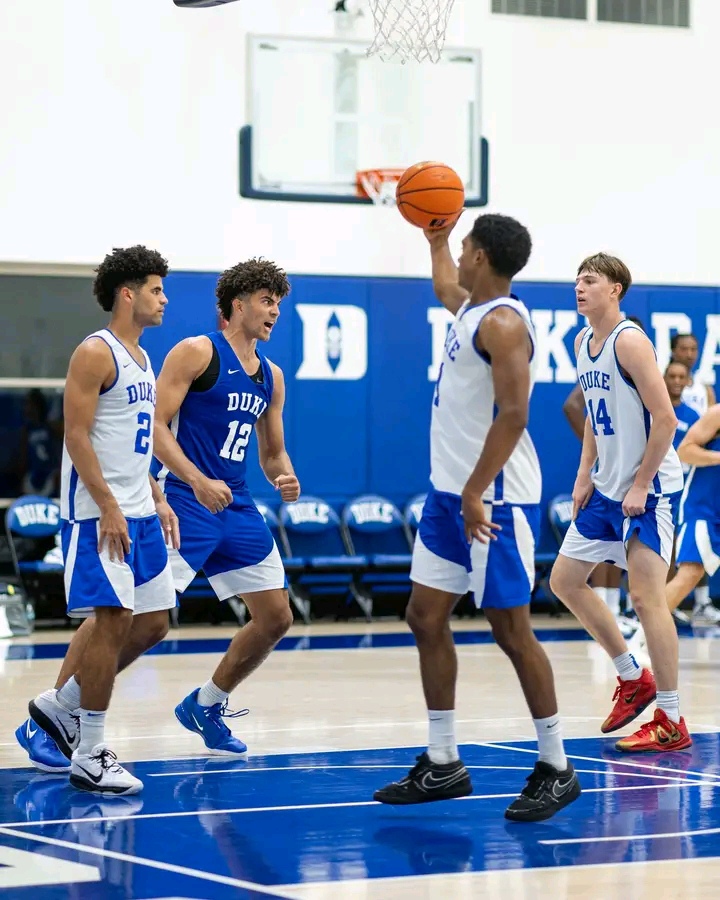It wasn’t a viral video. It didn’t involve a last-minute commitment or fiery scrimmage scuffle. But something subtle — and potentially season-changing — just happened inside Duke’s summer workouts.
Coaches are calling it “the smartest move yet.” Not a lineup overhaul. Not a scheme shift. But a tweak in roles, pace, and trust. And insiders believe this decision — quiet as it was — could be what unlocks Duke’s full potential when the real games begin.
The Shift: Empowering Versatility Over Hierarchy
This summer, Duke hasn’t been operating like a team with a rigid pecking order. Instead, practices have focused on empowering multiple players to step into hybrid roles — fluid, interchangeable, and matchup-dependent.
At the center of it all? Dame Sarr, the dynamic Italian wing who arrived with a reputation as a shooter and slasher. But coaches surprised everyone by putting the ball in his hands far more often — even testing him as a secondary playmaker in half-court sets. He’s now initiating offense, reading defenses, and controlling tempo in stretches that normally belong to veteran guards.
But Sarr isn’t the only one being stretched.
Isaiah Evans: From Shooter to Stopper
Sophomore Isaiah Evans has bulked up and shown a new defensive edge in summer workouts. While his scoring remains sharp, it’s the defensive assignments that have caught coaches’ attention. He’s being tasked with guarding the best wings in practice — and thriving. One source said, “He’s starting to look like our most reliable two-way player.”
Caleb Foster: Finding Balance
Junior Caleb Foster has taken on more of a leadership role — not necessarily as the loudest voice, but the calmest presence. With Sarr taking some pressure off as a ball-handler, Foster is picking his spots more carefully, and that’s led to better decision-making and sharper execution in the half-court. The staff believes this duo could be the key to unlocking their backcourt ceiling.
Maliq Brown: The Quiet Anchor
Maliq Brown, the veteran forward transfer, might be the most overlooked piece of the puzzle. While others flash with highlights, Brown has become the foundation — anchoring lineups, setting brutal screens, cleaning the glass, and holding Duke’s young roster accountable on both ends. “He’s doing all the stuff that doesn’t show up in mixtapes,” said one assistant. “But without it, nothing else works.”
Why This Matters
Duke’s last few teams have leaned heavily on top-heavy talent and a defined structure. But this summer? Scheyer’s squad is embracing controlled chaos — switching on defense, flowing into offense, and letting players make reads instead of running through rigid sets.
And that “quiet shift” everyone’s buzzing about? It’s not one decision. It’s the philosophy behind all of them: give players more freedom, and trust them to rise.
Whether it’s Sarr growing into a connector, Evans transforming into a lockdown wing, or Foster learning to lead without forcing, Duke’s summer shift is about trusting versatility over certainty.
It didn’t make headlines. But if the early signs are real? This just might be the most dangerous version of Duke we’ve seen in years.

